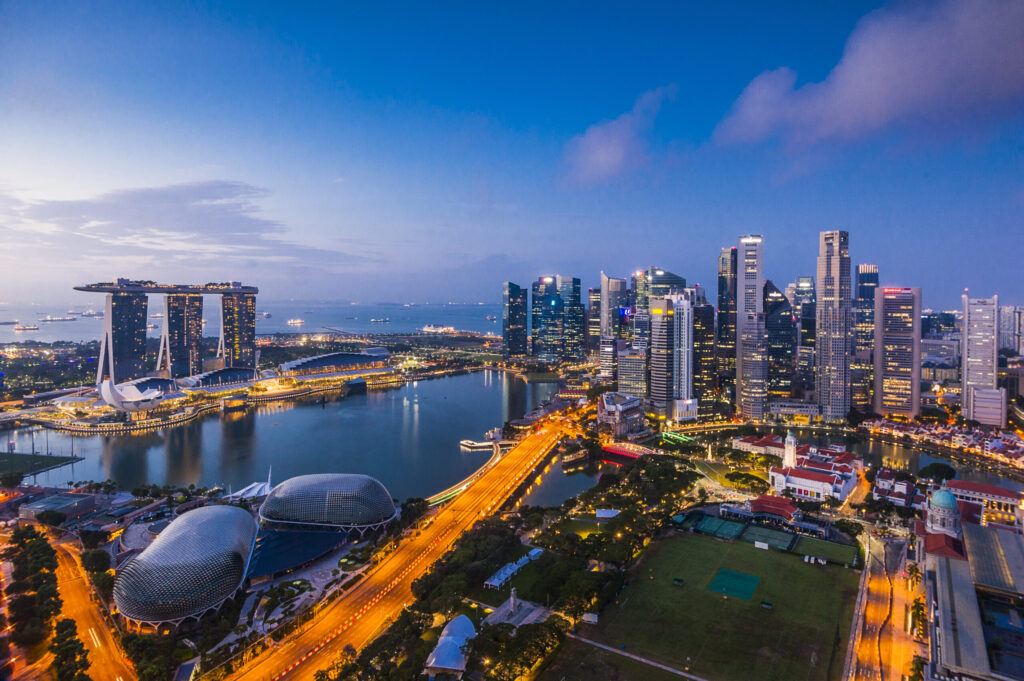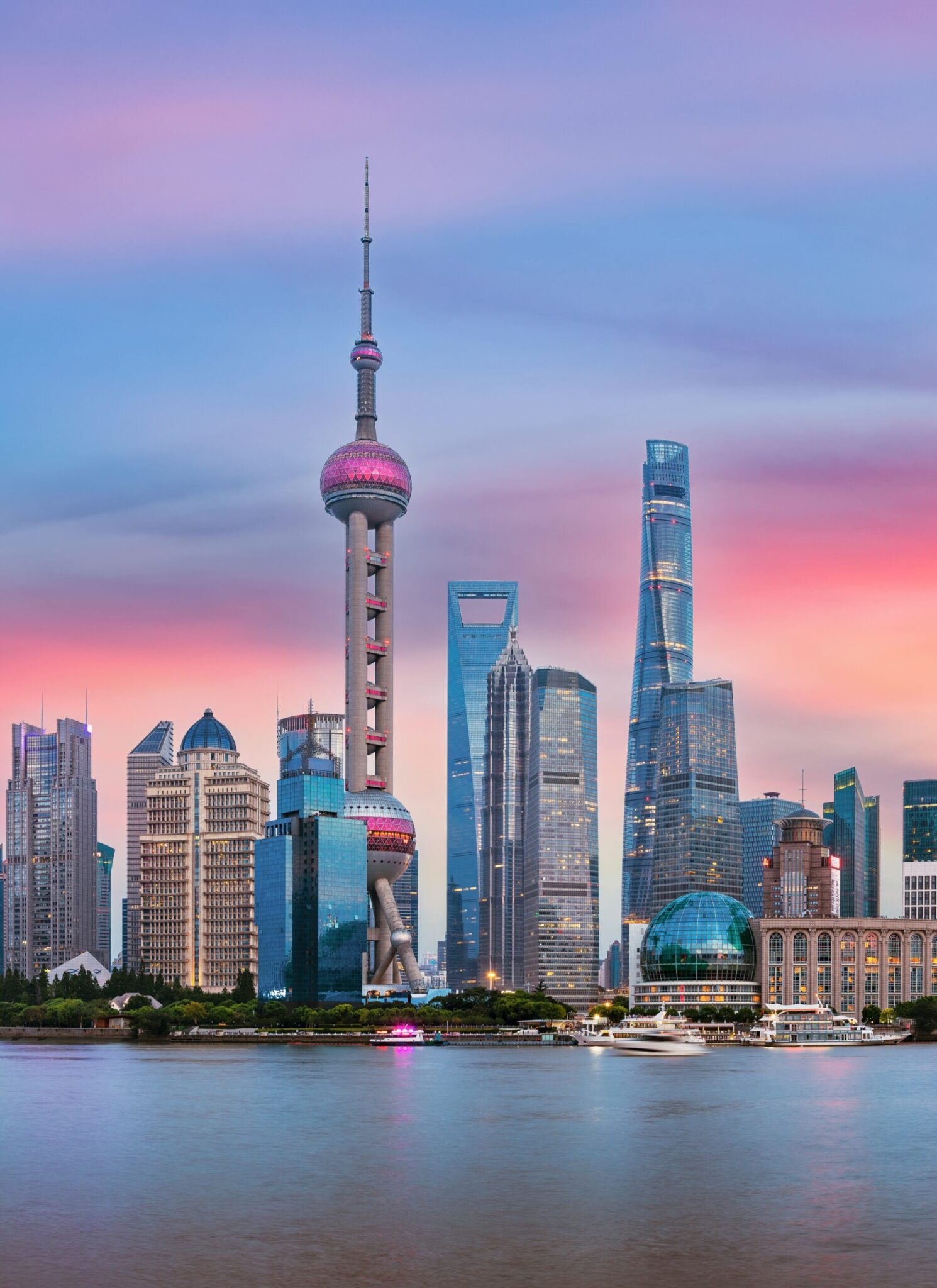Transforming Everyday Travel with Asian Transportation
As cities evolve and populations swell, the need for efficient and sustainable transportation solutions has never been greater. In Asia, a region often marked by its bustling urban landscapes, innovation in transportation is helping to reshape daily commutes and logistics. Through the integration of technology, cities are not only looking to reduce congestion but also to improve air quality and enhance the overall travel experience. From electric buses to smart traffic management systems, asian transportation is at the forefront of this transformative wave. Imagine hopping on a self-driving vehicle powered by AI to navigate crowded streets while you catch up on your favorite podcast. These advancements are not fiction; they are becoming a reality, challenging traditional norms and offering citizens a glimpse into a more connected and efficient world.

Envisioning the Paradigm Shift in the Future of Mobility
The concept of mobility is evolving rapidly, driven by technological advancements and changing societal preferences. The future of mobility goes far beyond just cars and buses; it’s about creating an integrated network that encompasses all forms of transportation — public transit, bicycles, ride-sharing, and even pedestrian pathways. Cities are gearing up to implement smart solutions that leverage data analytics to optimize routes and reduce wait times. For instance, anticipating passenger demand through predictive algorithms can help manage overcrowded trains and ensure seamless transfers between different modes of transport. As urban planners and tech innovators collaborate, we are witnessing the birth of ecosystems built around shared resources, sustainability, and convenience, fostering communities that thrive on mobility and accessibility.
Summarizing the Movement Towards Advanced Mobility Solutions
As we look at the journey towards enhanced transportation solutions, it is evident that the future leans heavily on technology-driven approaches that prioritize accessibility and sustainability. The advancements being made in asian transportation showcase how integrated solutions can alleviate urban challenges while promoting eco-friendliness. With increasing demand for smarter alternatives in transit, brands like Mobility Tech Asia stand out not just as manufacturers but as visionaries paving the way for successful implementation of these technologies. Their focus on user-centric designs ensures that systems are not only innovative but also intuitive, catering to the needs of the communities they serve. In choosing to invest in such forward-thinking solutions, we prepare ourselves for a future where mobility is not just a means of transport, but a transformative element that enriches lives.
Expanding on Transformation: Asian Transportation in Detail
The landscape of asian transportation has been characterized by rapid advancements and an urgent need for sustainable practices. This shift is exemplified by cities like Singapore, where public transport systems incorporate real-time data to inform passengers about schedules and delays. Mobile applications highlight the best routes for commuters, promoting alternatives that are efficient and environmentally friendly. With a tapestry of electric vehicles and hybrid technologies on the rise, daily commutes are evolving. This innovation is not merely a trend but a significant cultural shift towards embracing more eco-conscious transportation methods, resonating with urban citizens who are increasingly aware of their environmental footprints. Furthermore, partnerships between public agencies and private tech firms are becoming the norm, fostering a collaborative approach that drives continuous improvement.
Projecting Forward: The Innovations in the Future of Mobility
The future of mobility is not defined by singular innovations but rather a comprehensive, interconnected system that integrates various forms of transport while prioritizing user experience. As cities embrace smart technologies like Artificial Intelligence and Internet of Things (IoT), the focus is shifting towards a more holistic approach to urban transit. For instance, autonomous vehicles are poised to revolutionize urban landscapes, improving safety and efficiency while curbing congestion. Additionally, electric scooters and bikes are filling the gaps in existing transportation networks, offering quick and convenient options for short-distance travel. Strategic developments, such as dedicated bike lanes and integrated apps for multi-modal travel, are essential to foster a culture of shared mobility that meets the needs of diverse urban populations. In this evolving landscape, technology is not merely an accessory; it is the catalyst for more accessible, sustainable, and user-friendly transport solutions that echo the everyday experiences of commuters.

In conclusion, as we navigate through the fascinating developments in Asian transportation and the future of mobility, it is crucial to recognize the players spearheading these changes. With innovative designs and cutting-edge technology, Mobility Tech Asia distinguishes itself as a leader in the industry, providing solutions that are not only advanced but are also tailored to enhance the user experience. As more people look towards sustainable options, investing in brands that prioritize accessibility and technological integration will be imperative for a brighter transit future.
